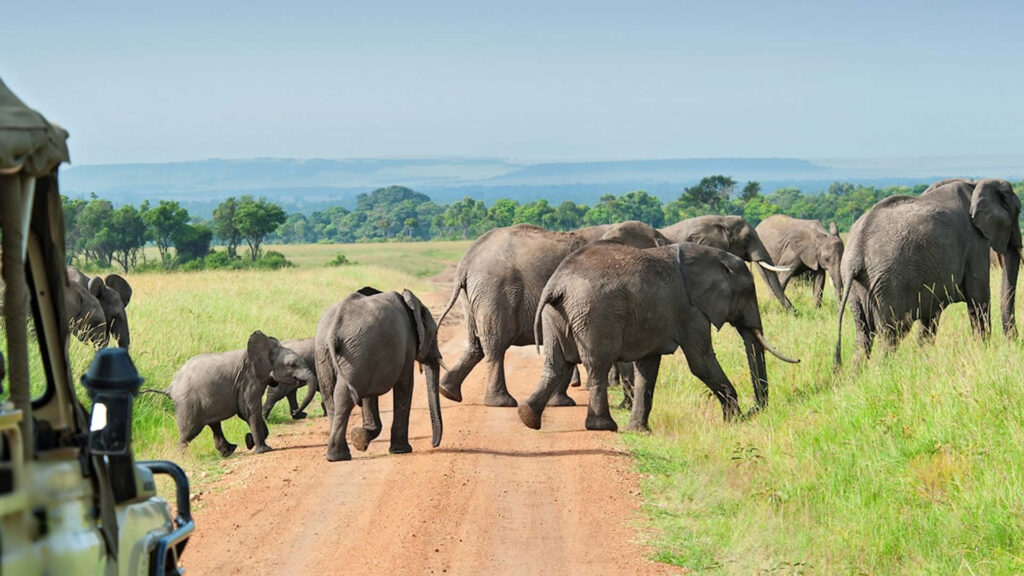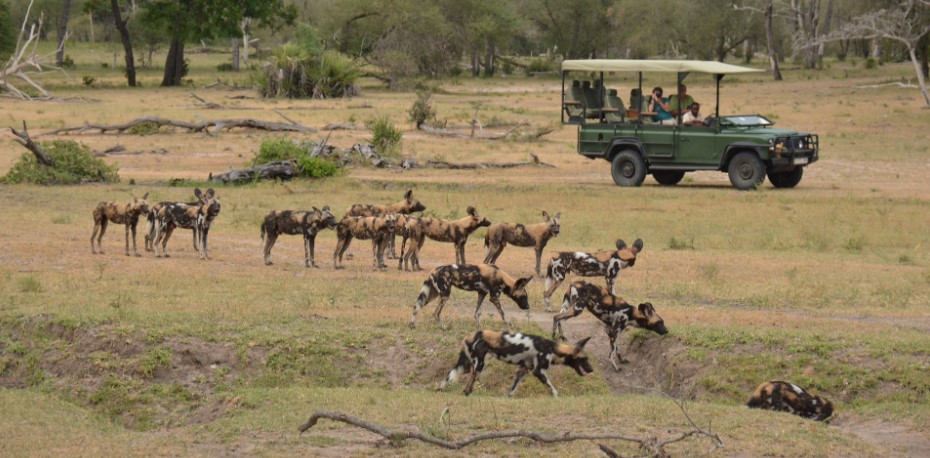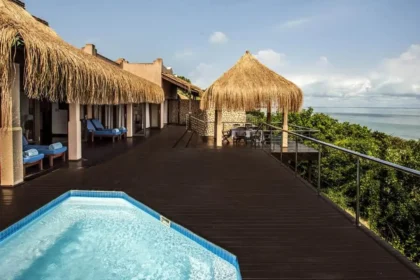At a Glance
- Nyerere National Park spans 30,000 square kilometers of untamed southern Tanzania wilderness.
- The Rufiji River draws elephants, lions, and hippos, defining Nyerere’s raw safari charm.
- Once part of Selous Reserve, it remains Tanzania’s quiet, crowd-free safari destination.
Nyerere National Park in southern Tanzania is a vast, untamed wilderness that offers one of Africa’s most authentic safari experiences.
Covering more than 30,000 square kilometers, it’s home to elephants, lions, wild dogs, and over 400 bird species.
Once part of the historic Selous Game Reserve, Nyerere remains a quiet, crowd-free corner of Tanzania — where the Rufiji River winds through open plains, and nature unfolds at its own pace.
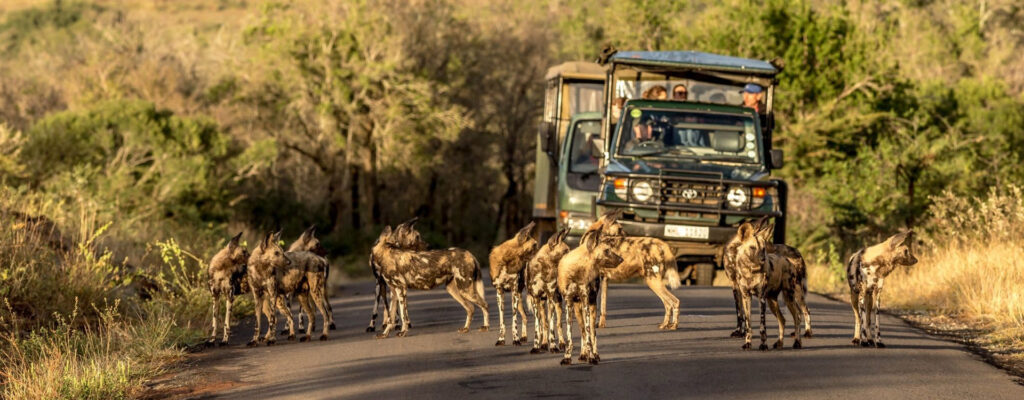
A legacy reborn
The park was once part of the Selous Game Reserve before being renamed in 2019 in honor of Tanzania’s first president, Julius Nyerere. The name change carried weight. It was part of a wider effort to protect more of the south and invite travelers looking for a quieter, less commercial safari.
Unlike the Serengeti or Ngorongoro, Nyerere still feels off the map. Safaris here take their time. You don’t rush from one sighting to another; you wait, listen, and watch. It’s that slow rhythm that makes the park special.
The landscape keeps changing — from wide savannahs to acacia woodlands, miombo forests, and shallow lakes. The Rufiji River, the largest in Tanzania, runs through it all, drawing herds of buffalo, giraffes, and impalas — and the predators that follow.
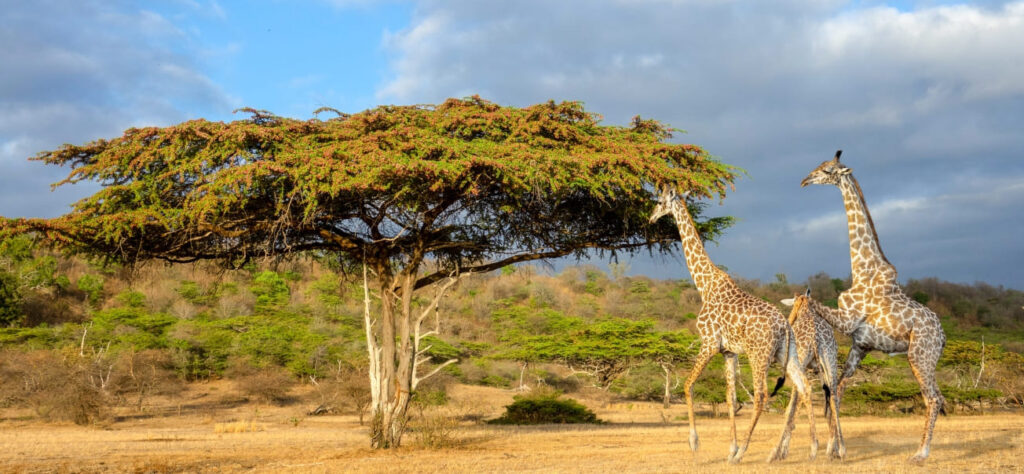
Life along the Rufiji
Much of Nyerere’s life gathers around the water. Boat safaris on the Rufiji bring you close to hippos and crocodiles, and sometimes an elephant crossing just ahead. As the sun drops, the water glows deep orange, and the bush quiets into evening.
Game drives and guided walks add another layer. Skilled guides read tracks in the sand or spot birds by their calls, turning small moments into stories. Sometimes, even silence feels like part of the show.
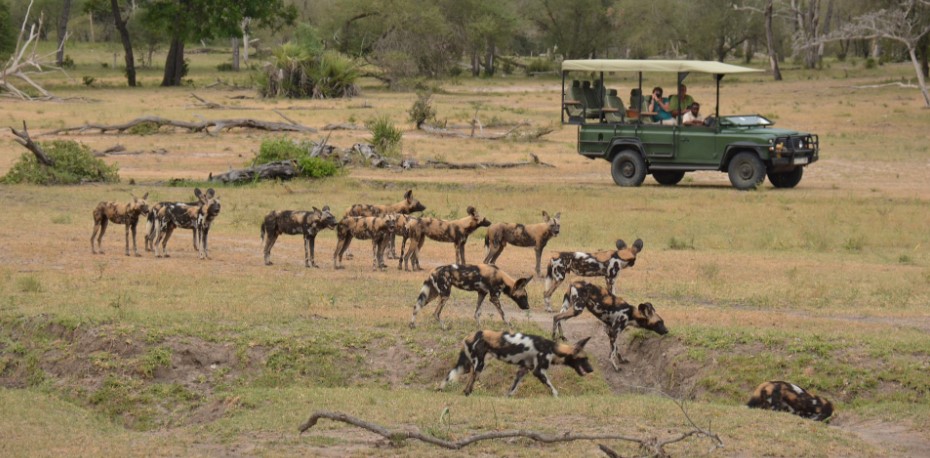
Where to stay
Visitors can choose from simple tented camps to more refined lodges. Siwandu, Beho Beho, and Roho ya Selous by Asilia Africa are among the best known, balancing comfort with a respect for nature.
Most lodges use open-air designs and natural materials. Mornings start early, with drives at sunrise, while afternoons stretch lazily until dusk. Nights often end by a campfire, the air thick with the smell of wood smoke. Some lodges even let guests sleep outdoors on raised decks under a blanket of stars.
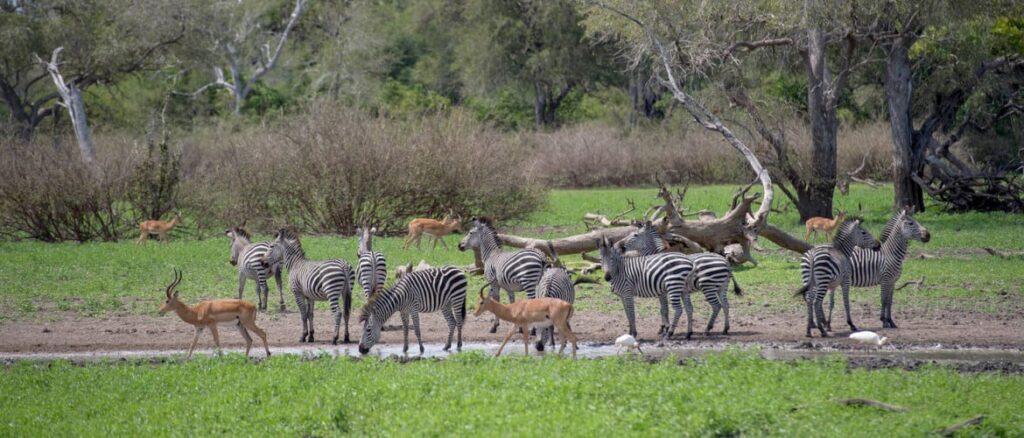
A sanctuary of scale and silence
Nyerere is home to one of Africa’s largest elephant populations. Wild dogs, lions, leopards, sable antelope, and more than 400 bird species live here too. Conservation projects have strengthened anti-poaching patrols and supported nearby communities so that local people share in the park’s tourism benefits.
Even though it’s huge, the park rarely feels busy. That quiet is its charm — no crowds, no rush — just raw wilderness and open space. It reminds visitors how rare true solitude in nature has become.
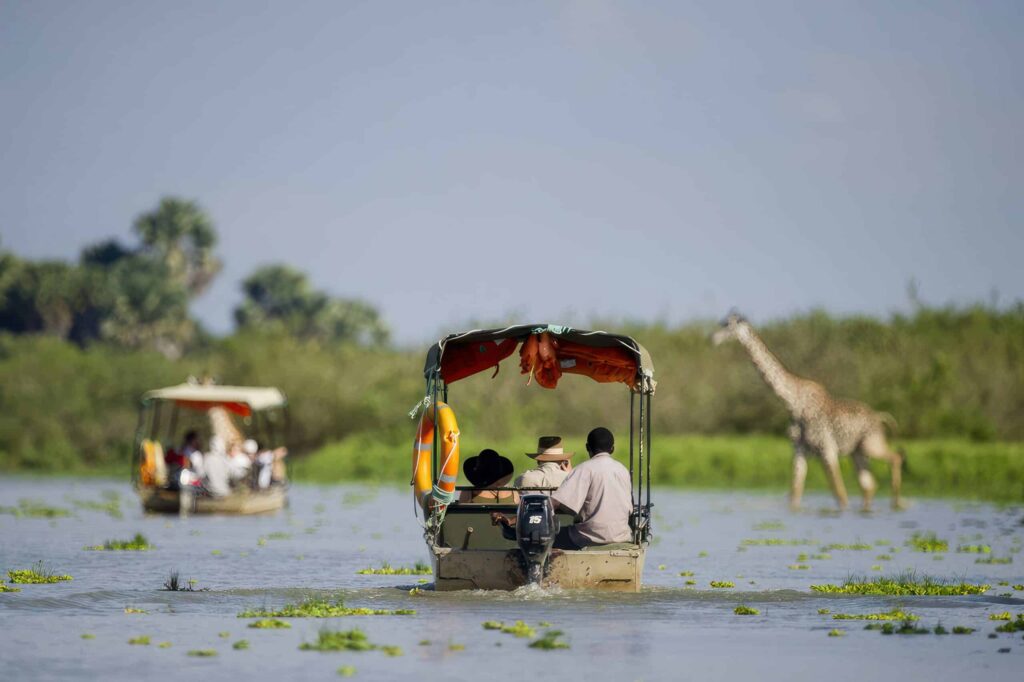
Tanzania’s southern secret
For travelers who want a safari that still feels wild, Nyerere National Park is worth the journey south. It’s a landscape that stretches endlessly and changes with every hour of the day.
It’s more than Tanzania’s biggest park — it’s one of Africa’s last great wild places. Untouched, timeless, and deeply human.
